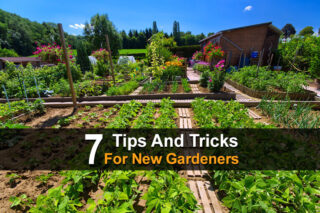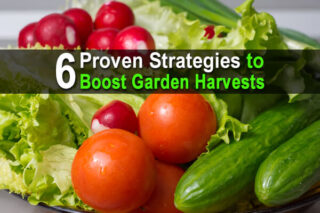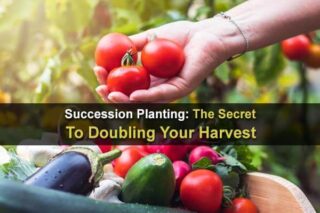Estimated reading time: 6 minutes
Going green and organic is becoming very common, with more and more people wanting to live a healthier lifestyle. Eating organic food can help decrease the number of pesticides and help protect the environment, but unfortunately, the cost of organic food can be very high.
If you want to be healthy without breaking the bank, try growing an organic garden. Anyone can do it, whether they are a novice or a pro gardener. In this article, we'll explain how to start your organic garden.
Want to save this post for later? Click Here to Pin It On Pinterest!
1. Getting Started
Having and maintaining an organic garden doesn't take much effort, and you will get fresh and delicious produce. You can always start with a couple of plants and go up from there.
You can boost up your garden with natural compost and fertilizer, making your garden a healthy ecosystem. Having an organic garden is all about maintaining balance and making sure your plants are as healthy as possible.
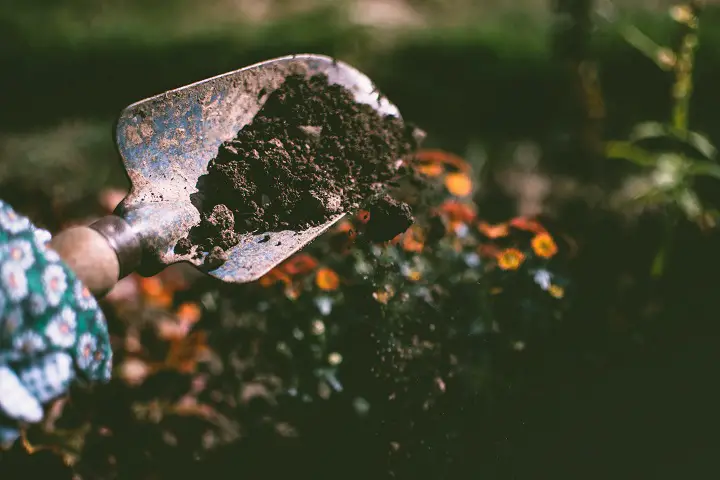
2. Choosing a Site
When choosing a place for your garden, you have to make sure it gets enough sunlight, at least seven hours each day. It also has to be properly conditioned, meaning it needs soil that is healthy and drains well. Organic gardens need more work, so having healthy garden soil to start with will make your job a lot easier.
You need to break and loosen the soil, rake out any rocks, and pull out weeds and grass. Adding compost to your soil will enrich it, making your harvest healthy and bountiful. Planting in natural soil will provide nutrients to your plants, but if you don't have the access, having a raised or container garden will do. You'll just have to put in more work to ensure optimal conditions for the plants.

3. Selecting Seeds and Plants
No matter what place you chose for your garden or what type of soil, you still have to choose plants that will grow well in your climate and region.
You should also consider adding companion plants to your garden. They will be a great help by providing nutrients to your plants or by repelling the pests that can attack your crop.
When buying seeds, check if they have been raised without chemicals and pesticides. You can easily find them in farmers' markets.
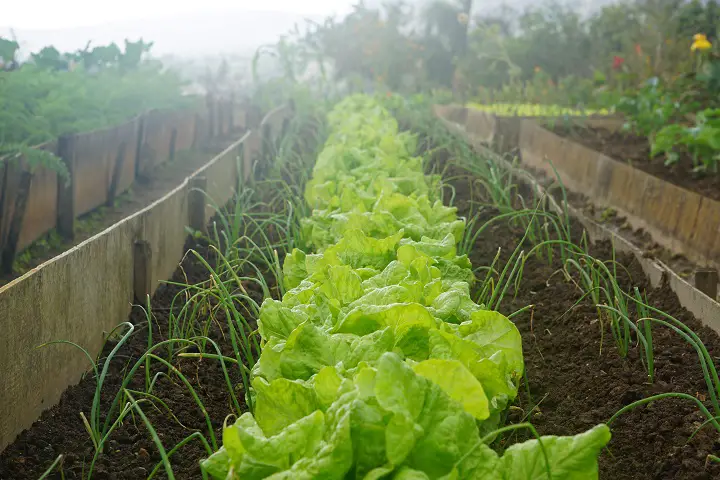
4. Planting in Garden Beds
Plants and crops should be divided into wide plant beds that you can't walk on and that are easy to maintain. If you group your plants, it's going to be easier to compost them in groups and add nutrients, and it will also reduce water waste.
Making maintenance easier will make the soil healthy. It will also promote air circulation, repelling fungal attacks and reduce weeding. Bordering the beds with stone or brick will separate it from contaminants and protect the roots. Make sure plants do not limit the sunlight to others. It's a good idea to research types of plants and their growth patterns or even thin the crops.
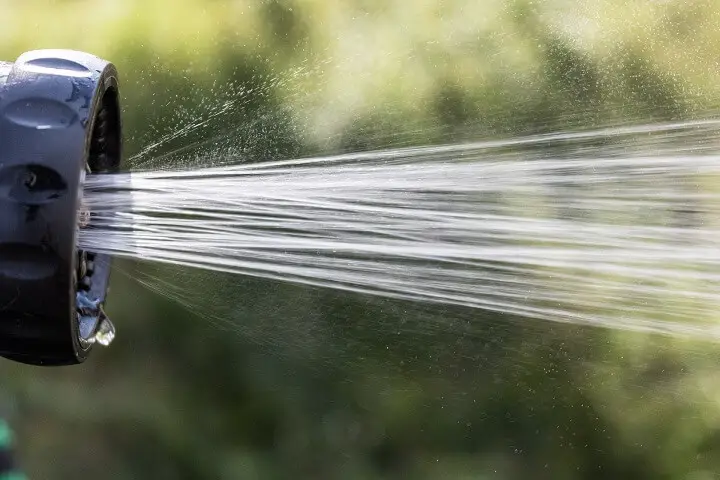
5. Watering the Garden
Moisture is essential to us and to our plants, especially organic gardens. You should make sure that watering your plants is an easy task. If your garden is not easily accessible or it's very big, consider looking into quality garden watering accessories that will make your task easier. You should always water the roots and not the leaves.
Two-three cm of water per week is usually enough. The best time to water is in the morning. Watering your garden in the evening will make your garden damp overnight, making the plants more susceptible to damage by fungi and bacteria. Drip systems can ensure your garden is properly watered throughout the day.
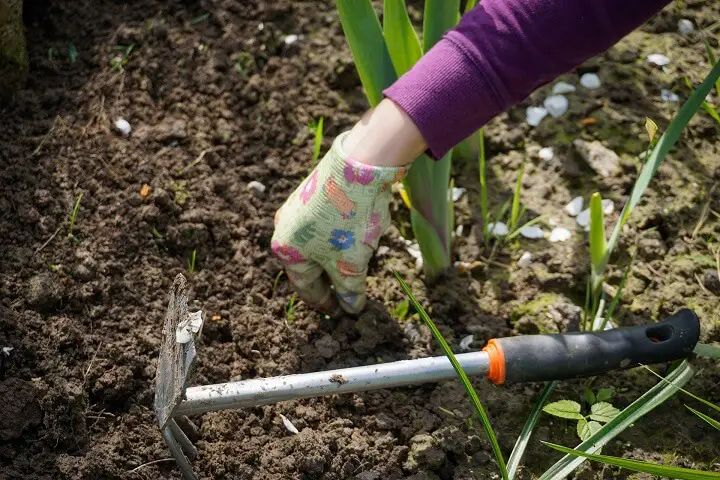
6. Weeding and Protecting
Pulling the weeds by hand is hard work, but necessary. By pulling out weeds, you ensure that the nutrients and water go to your plants and not to your weeds. Applying mulch will protect the soil and reduce the number of weeds. You can use straw, wood chips, or lawn clippings, but only for high nitrogen needing plants.
Having a diverse garden will prevent pests that can attack your garden. Gardens can be attacked, so it's good to have natural predators to keep pests at bay. Frogs, birds, and lizards are beneficial. Ladybugs are insects that are a great help. You can also use a net or a row covers to protect your plants.
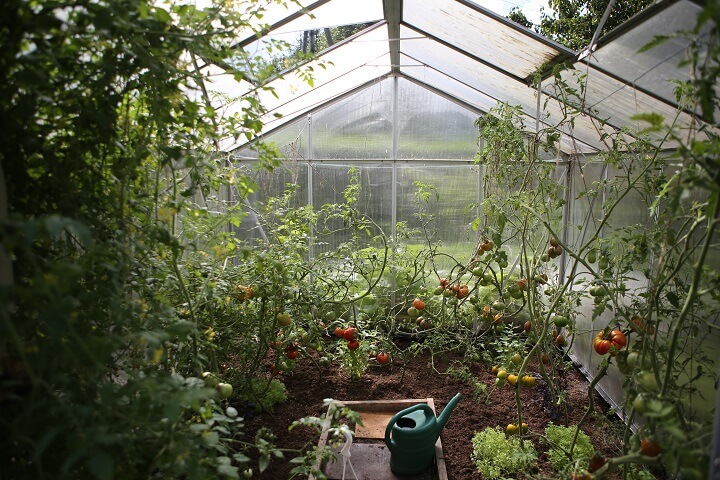
Having an organic garden can seem like a lot of work, but the benefits are worth it. You will have your own vegetables and fruits, lowering your food expenses while eating healthy. It's a great workout, and spending time outdoors is very beneficial to our health. Spare some time to making your garden work, and your body and health will thank you.
Bio: Patrick Adams is a freelance writer and rock-blues fan. When he is not writing about home improvement, he loves to play chess, watch basketball, and play his guitar. More than anything, he loves to spend his time in his garage, repairing appliances and creating stuff from wood.
Like this post? Don't Forget to Pin It On Pinterest!






